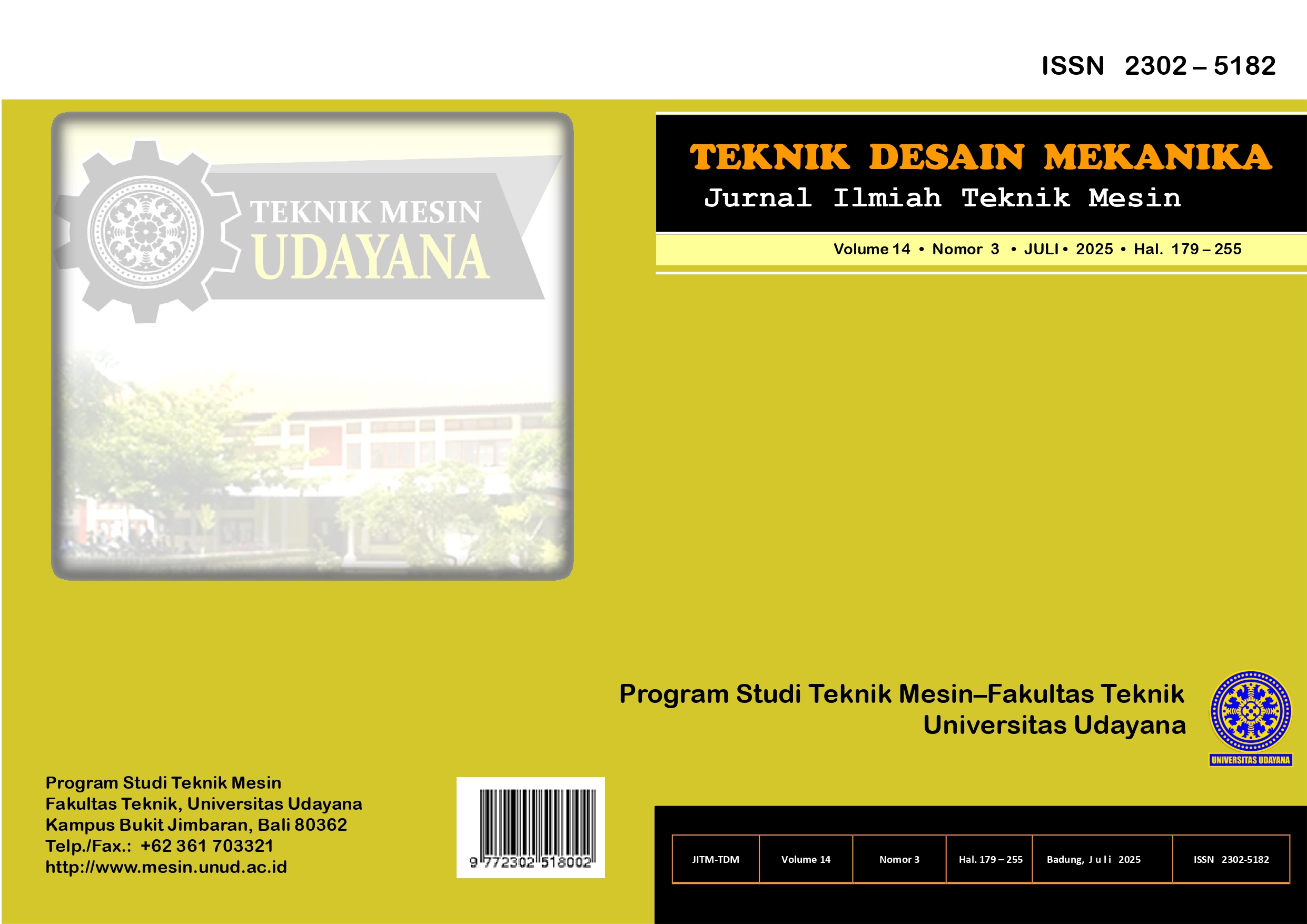Study of Biocorrosion Rate on Copper (Cu) in Tropical Seawater Environment
Abstract
In the maritime industry, metals in certain components are always submerged in seawater which results in these
components quickly corroding. Corrosion is a natural phenomenon due to the interaction between metal and
the environment that causes damage to its surface. The safety issues caused by corrosion of metals cannot be
ignored, seriously and significantly affecting both the economy and structural integrity globally.
Microbiologically influenced corrosion (biocorrosion) is the most severe type of corrosion with the most
complex influence factors. Biocorrosion accelerates the corrosion rate of metals through microbial attachment,
growth and metabolism. Copper (Cu) is a metal with atomic number 29. Copper corrodes at a negligible rate
in unpolluted air, water, and deaerated nonoxidising acids. For example, a ship's propeller is one of the
important ship components that utilise copper plating to improve corrosion resistance. Corrosion rate is a
parameter that indicates the level of corrosion penetration that occurs in a material, which in this study is
copper (Cu) metal. Copper (Cu) metal specimens that are corroded by immersion using aut water with
microorganisms over a span of 4 months. It can be seen that the copper surface structure experiences a type of
pitting corrosion (well corrosion). corrosion surface microstructure on copper specimens with immersion using
seawater without microorganisms. It was shown that the specimen experienced corrosion that was not too high
with the formation of uniform corrosion. This also shows a significant difference caused by the influence of
microorganisms in the formation of corrosion on copper metal during the immersion period of 4 months.


